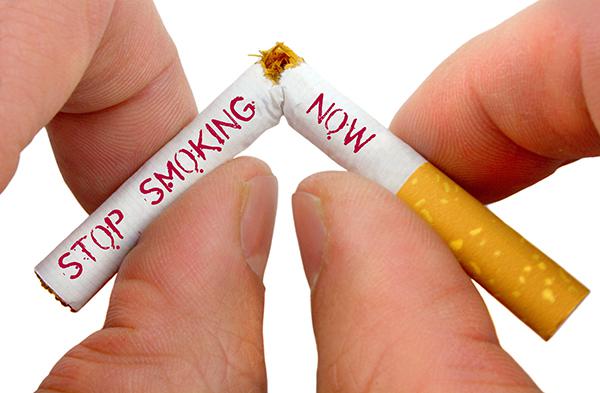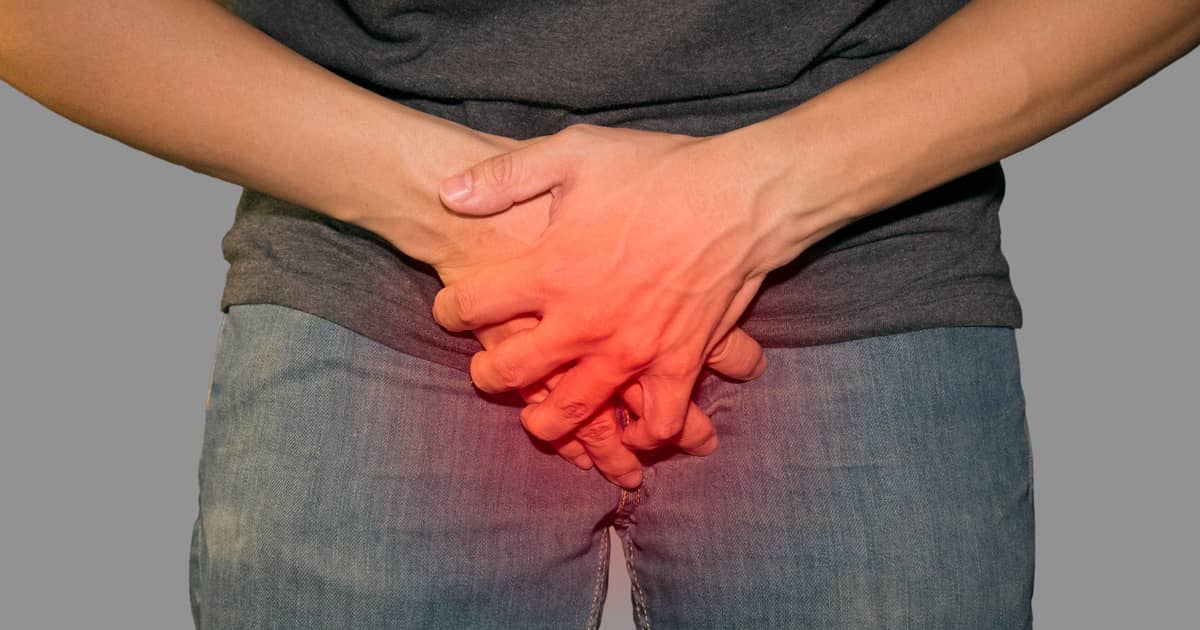What are the procedures for postmortems and identification of those who died in the protests?
Coordination between forensic science, police, and hospitals is necessary to identify and determine the cause of death of those who died during the protests.
An official letter of medico-legal examination from the police is required before the postmortem is conducted, which confirms the cause of death.
DNA analysis and other scientific methods are used to identify bodies that have been burned, but identifying completely burned bodies is challenging.
Violent incidents during protests cause great human loss. In such incidents, a complex and sensitive procedure is adopted to identify and determine the cause of death of those who die due to gunshots, fire, or other injuries.
Coordination between forensic science, as well as the police, and hospitals is very important to identify and determine the cause of death of the deceased. This process is sensitive from both a scientific and legal perspective.
Incident and initial procedures
People who die during the protests are often taken to the hospital immediately by eyewitnesses or friends. The name of the deceased is registered in the hospital and treatment is attempted. If the person is confirmed not to be alive, the body is sent for postmortem. Tribhuvan University Teaching Hospital, Kathmandu is a well-equipped centre for mortuary storage and postmortem. The body is preserved in a freezer facility. The teaching hospital has the necessary equipment for proper management of the body and postmortem, which makes the process systematic.
Identification process of the deceased
Initial identification
The identity cards, jewellery or other personal belongings of the deceased form the initial basis for identification. The name and address of the deceased can be ascertained from such items. If such items are not available, the relatives come to the hospital and identify the body.
Personal belongings are of great help in the identification process, but sometimes other scientific methods have to be used in cases where these items are destroyed.
Notification to relatives
Once the details of the deceased are registered in the hospital, the relatives are informed. The hospital maintains a list of the names of the deceased, which the relatives look at to identify the body. Once the identity is confirmed, the postmortem process proceeds.
Postmortem and medico-legal process
A medical-legal examination is required from the police before a postmortem can be conducted. In cases where police stations are affected, such a letter is issued by the Kathmandu Police Complex. A postmortem determines the cause of death, such as gunshot wounds, injuries or fire. This process is important for the relatives of the deceased and the community to uncover the truth.
The main causes of death during the protests currently include gunshot wounds, internal injuries, head injuries or fire. In cases of gunshot deaths, doctors analyze the nature of the bullet and the damage to the body.
Identification of people who died in a fire
The identification of bodies that died in a fire is complicated. For example, in the case of seven people who died in a fire in Bhatbhateni, identification is challenging. Methods such as presumptive identification and DNA analysis are used to identify burned bodies. If jewelry, clothes or other personal belongings are left, they can be used to identify them.
DNA Analysis
When a body is not completely burned and some tissue remains, DNA is extracted and analyzed. This process is carried out at the Central Forensic Science Laboratory of the Nepal Police. DNA analysis can confirm the identity of the deceased, but this process is time-consuming and resource-intensive.
DNA Analysis Process
DNA Extraction
DNA is extracted from white blood cells, because red blood cells do not have a nucleus. DNA can be extracted from bones or teeth in burned bodies, if they are not destroyed.
Polymerase Chain Reaction (PCR-M)
If the amount of DNA is low, the amount of DNA is increased by the PCR-M process. This makes it easier to analyze the DNA sequence adenine, guanine, thymine, cytosine.
Profile Matching
The DNA profile of the deceased is compared with the DNA of his father or mother. A 50 percent match between the father or mother's DNA confirms the identity.
Challenges in completely burnt bodies
If the body is completely burnt and the tissues are destroyed, DNA analysis is not possible. In such a case, identification becomes impossible. Also, if the relatives of the deceased do not contact them in time, the process becomes more complicated. The possibility of identifying completely burnt bodies is limited, but we must make the most of the resources and technology available.
This process is not only to identify the deceased and determine the cause of death, but it is also a means of ensuring truth and justice in society. Such sensitive processes provide comfort to the victim’s family and provide truthful information to society.














